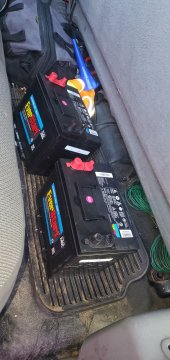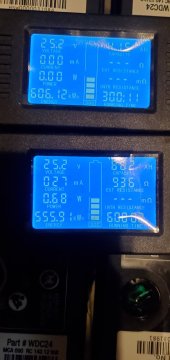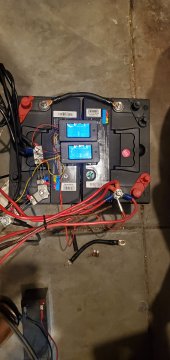73powerstroke
Solar Enthusiast
I purchased these 2 group 24 never start batteries in June of last year one of them started to show signs of failing last week I brought them both into Walmart and they load chest item with their battery analyzer and he both failed and I was able to get 2 new replacements kudos to Walmart for making it somewhat easy.





